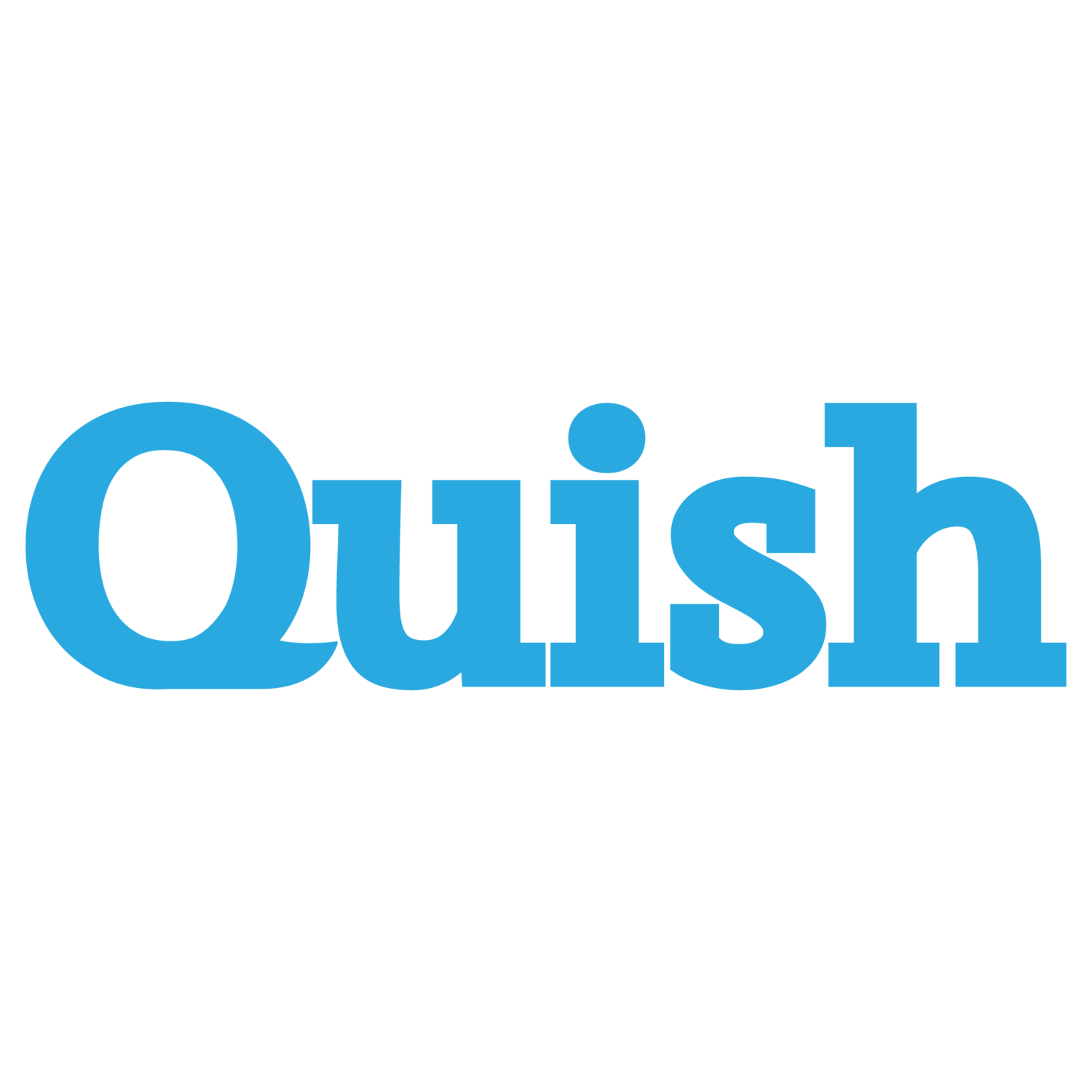While the Fed is clear about maintaining its commitment to near-zero interest rates, it has not been as transparent about when it might start to taper.
In June 2020, with the US economy in a lockdown-induced freefall, the Fed committed to buying at least $80 billion in Treasuries and $40 billion in residential and commercial backed securities “until further notice.”
This type of bond buying by the Fed is referred to as Quantitative Easing (or QE for short).
It is highly unusual and was first implemented to help counter the 2007-08 financial meltdown. And then again last year, in response to the economic torpor caused by the pandemic.
With QE, the Fed buys bonds on the open market helping increase the money supply by pushing cash into the economy, spurring spending and investment.
Since mid-2020, the Fed has been buying bonds at a feverish pace and it does seem QE has - again - helped the economy stabilize.
With last year’s QE, the Fed’s portfolio of securities jumped from $3.9 trillion to $6.6 trillion. And, so far, in 2021 the Fed has continued QE.
Trimming these bond purchases is referred to as “tapering.” And – conversely to QE - when the government starts selling bonds back into the open market, it is referred to as Quantitative Tightening. (You don't really hear that called QT though).
In their recent notes the Fed pledged to continue its bond buying every month until “substantial further progress” had been made on employment and inflation goals.
While this may sound rather anodyne to the untrained ear, some investors panicked at the mere suggestion that the Fed is even starting to talk about talking about tapering.
Indeed, when they read those words, you might even say some investors saw ghosts.
In 2013, when the fallout from the financial crisis was finally beginning to fade and the economy was getting stronger, the Fed said it might taper.
In response, there was a massive selloff in the bond market (that got the ironically cutesy nickname taper tantrum).
As it turned out, the Fed didn’t actually start to taper until 2014. And when it did, both bonds and stocks responded favorably to the positive signal QE was no longer necessary.
It’s not clear yet whether the markets will respond as constructively this time around.


